Impact of Genetics on Caries Risk
Dental caries is the most common chronic disease affecting humans and results in significant costs to manage oral health.
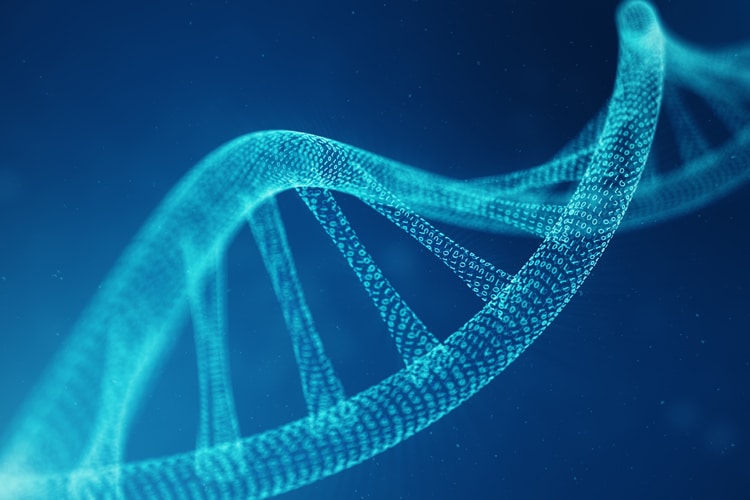
Impact of Genetics on Caries Risk
Dental caries is the most common chronic disease affecting humans and results in significant costs to manage oral health. Caused by the imbalance of tooth mineral dissolution and deposition as a result of its interaction with oral biofilm acid production, caries is typically referred to as an infectious and transmissible disease, but not as a hereditary disease. When oral health professionals think about the heritability of dental caries and potential magnitude of its genetics contribution, it is commonly believed that genetics play a role, but it is not as great a determinant as environmental interactions. Dental and dental hygiene school curricula traditionally focus on environmental factors, such as the oral biofilm and specific bacterial species (eg, Streptococcus mutans and lactobacillus), fluoride exposure, and diet when reviewing caries etiology.
Photo Credit: Rost-9D / iStock / Getty Images Plus
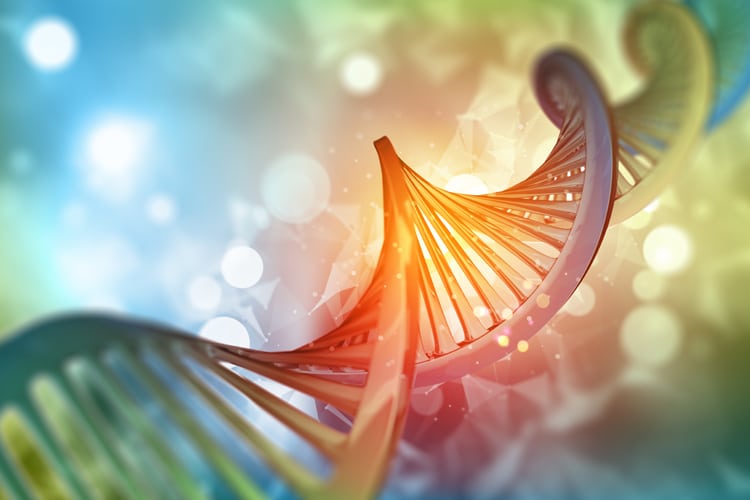
Risk Assessment
Although caries risk assessments evaluate an individual’s caries experience, they tend not to assess the individual’s family history of caries to determine if heritability is contributing to the disease. The concept that genetics play a role is certainly not new, as many animal and human studies have shown the importance of genetics as a risk factor. Studies of twins have been used for more than 50 years to evaluate the potential role of heredity in caries. These studies routinely show a higher concordance of caries in monozygotic twins compared with dizygotic twins or siblings, supporting the role of genetics as a caries determinant.
Photo Credit: kirstypargeter / iStock / Getty Images Plus

Diet
The relationship between caries, diet, and genetics is an excellent example of the nature/ nurture interplay affecting a disease process. Hereditary conditions that cause dietary modifications are associated with either decreased and increased caries experience. Hereditary fructose intolerance is a rare autosomal recessive hereditary condition caused by mutations in the gene coding for aldose B. Due to the inability to effectively metabolize fructose and sucrose, affected individuals markedly restrict their intake—resulting in fewer caries lesions compared with unaffected individuals. Patients with generalized recessive dystrophic epidermolysis bullosa have marked mucosal oral fragility and scarring, along with the need for high caloric intake to support wound healing and compensate for poor nutrient uptake. Affected individuals typically eat slowly, have delayed oral clearance of food, and consume carbohydrate-rich diets; collectively, these result in a high caries rate.
Photo Credit: Mukhina1 / iStock / Getty Images Plus
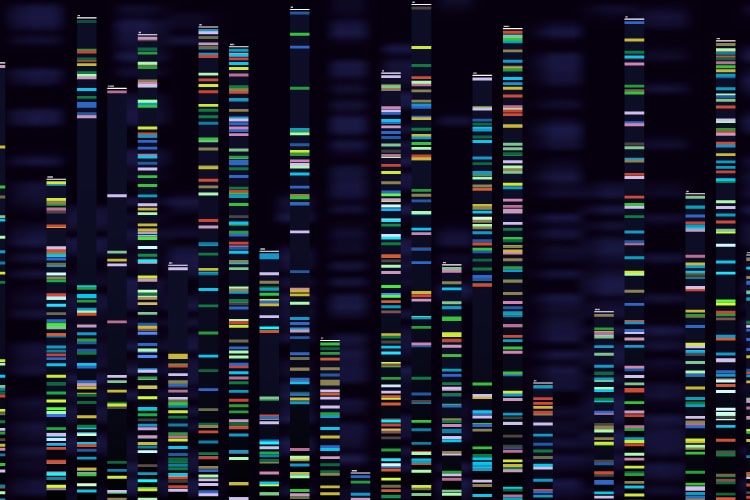
Taste
Taste preference is determined by genetics and environmental exposures. The link between taste preference and dental caries is not a new concept. The human sense of taste evolved to help detect important sources of nutrients (eg, sugars, salts, and amino acids) while protecting the individual from poisonous substances (eg, acids and alkaloids). Taste buds and taste receptors reside in the oral cavity largely on the tongue, and are coded by families of genes that reside in clusters in the human genome. Studies suggest associations of differing caries levels in people with genetic variations in their taste genes.
Photo Credit: Tetiana Lazunova / iStock / Getty Images Plus
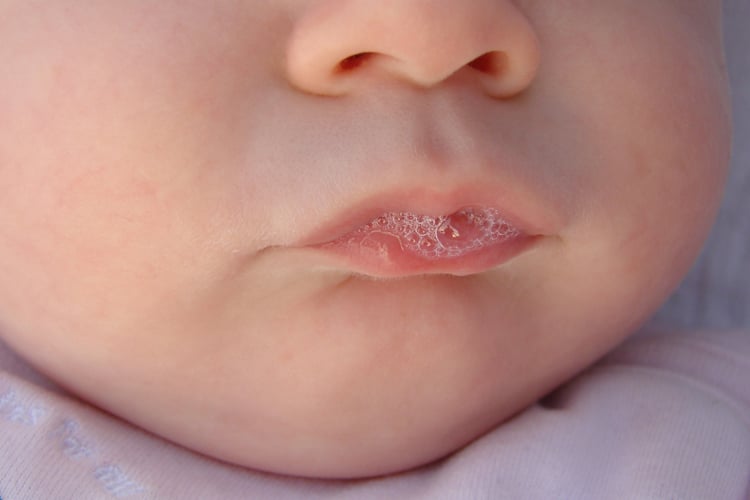
Saliva
Saliva serves as a critical defense mechanism to caries by providing an aqueous medium for fluoride, calcium, and phosphate ions for remineralization, buffering, lubrication, digestive capacity of food substrates, and immunological factors, to name just a few essential functions. Hereditary conditions associated with abnormal salivary production, such as aplasia of lacrimal and salivary glands, are associated with increased caries experience. This autosomal-dominant condition is caused by mutations in the FGF10 gene that is critical for normal gland development, resulting in salivary gland aplasia and a drastic reduction in salivary production and flow. Genetic variations in alleles coding for the protein HaeIII subfamily 1 (PRH1) gene are associated with both Streptococcus mutans colonization and caries risk. Given the many anticaries attributes of saliva, it is not surprising that multiple salivary genes are associated with caries risk or resistance.
Photo Credit: fotolinchen / iStock / Getty Images Plus

Enamel Defects
Dental caries is the process of demineralizing the enamel, dentin, and cementum, and the quality of those tissues can influence initiation and progression of disease. Development of the dentition is the culmination of diverse and complex processes that are orchestrated through strict molecular control. Tooth formation is influenced by environmental factors, including diet, infection, and trauma. Evidence indicates that an individual’s response to environmental exposures, such as fluoride, can vary based on the patient’s genetic constitution. Enamel formation involves the expression of thousands of genes, and more than 100 conditions are associated with abnormal enamel development. Numerous environmental exposures and stressors are also associated with developmental defects in enamel. Consequently, such defects are highly prevalent. Enamel defects are associated with early and greater colonization with streptococcus mutations and the formation of lesions. It has been proposed that certain cases of early childhood caries are directly due to enamel hypoplasia that results in early development and progression of severe disease.
Photo Credit: alex-mit / iStock / Getty Images Plus
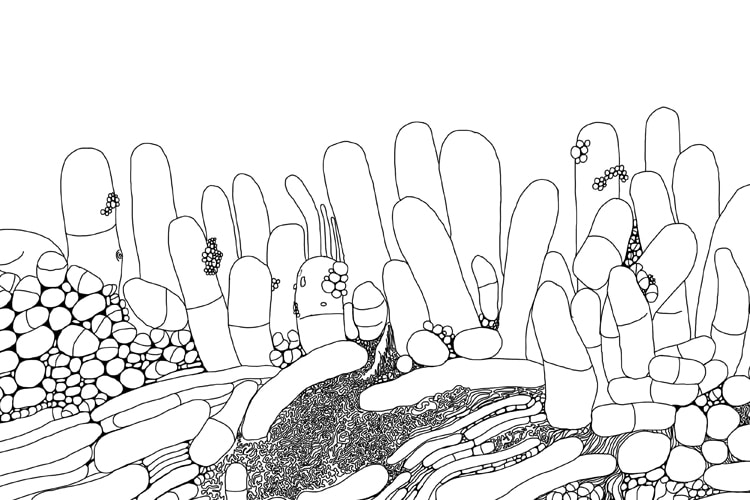
Oral Microbiome
For more than a decade, the Human Microbiome Project has been studying the role of microbes in human health and disease. Researchers have characterized the microbial communities inhabiting various body surfaces, including the oral cavity. Over the last two decades, new technologies, such as 16S rRNA gene sequencing, have allowed a more comprehensive understanding of the oral microbiome and its relationship to caries and health. The human oral microbiome is extremely diverse, with more than 600 taxa and likely twice that many microbial species. Maintaining a stable and healthy oral microbiota associated with oral health—in contrast to dysbiosis, or a microbial shift toward disease, and how this shift occurs—are concepts that are not fully understood.

